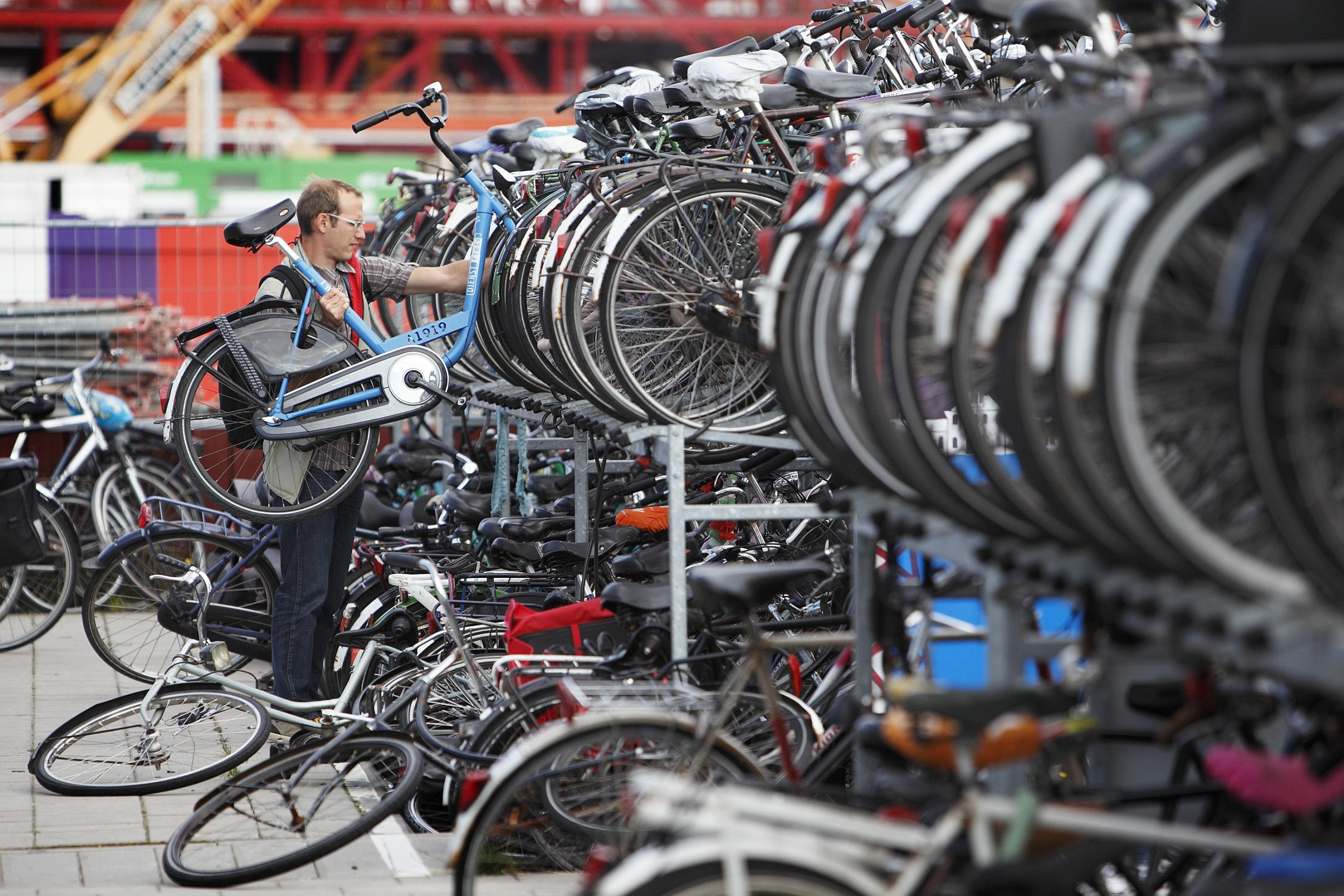If you haven’t been warned, let us do so. Bikes are among top things stolen in the Netherlands. Don’t be fooled by a busy street or bustling afternoon, a bike isn’t safe anywhere.
If thieves don’t get to it, the weather might. Or bad cycling. Experts from cycle shops across town gave us some tips on how to keep your cycle healthy and safe.
Lock it up
Rule number one, even if you’re stepping into a store for a second. “A sturdy chain lock long enough to go around a pole or stand is the best option,” said Arthur Wijtman, the owner of Bike Totaal Wijtman on Westlandsweg. He explained that thieves can load locked bikes onto vans, so, if a bike is chained to something else it’s more secure. According to Jean Charles, of the old NS Rijwielshop, having two different locks is another option. “Most thieves specialise in one kind of lock. If they see that there are two different locks, they will lose interest and move on to the next one,” he explained.
The weather
While most bikes can withstand the Dutch weather, some take a beating. Cheaper bikes tend to rust in the rain and breaks get squeaky after water damage. While the best solution is to keep your bike inside or in an underground shed, if space isn’t available, buy a weather-proofing spray. You can get a big can for around €9 at most bike shops. Spray the wiring and the metal well. Not only will the coating protect it from weather damage, your bike will also be easier to clean.
Insurance
Most shops that sell new bikes will inform you about available insurance policies. If you’re investing in a high-end model, it might be a good idea to go for insurance as well. But for second hand bikes and cheaper models, it may not seem viable. But, just in case you want insurance you can even get one with an expensive lock. Certain brands of locks (costing around €40) come with an insurance policy as well.
Health check-ups
Cycle shops create a health plan for your bike when you buy it. For instance, a new bike from Ado Bike at Papsouwselaan comes with free initial servicing. For an average bike anywhere between three to six months between servicing is good. “A lot of factors, from the make of the bike to the rider, affect the health of the cycle. Some bikes need to be looked at every month but most can go a while if the driver is careful,” said Wijtman. Aso watch the way you cycle, go easy on bumps, skidding unnecessarily and avoid cycling over broken glass.
Repair work
Repair work doesn’t come cheap. While most faculties in TU Delft have air pumps you can use to refill your tyres, anything else may require outside help. At the Delft train station repair point , repairing a flat tire costs €10, while replacing a tire costs €15.
Light at night
Every cyclist is required to have a light at the front and the rear of the cycle at night. You can be fined for not having proper lights. Some bikes will come with a dynamo light attached to the front wheel, powered by your pedalling. You can also buy battery clip-on lights (average cost around €5 for two) and wear them while you’re riding. Most stores (Blokker, Hema) carry very inexpensive lights (around €1) which attach to your bike via an elastic cord. You can even buy these at a vending machine at the library. Watch out, those get stolen more often than the bike itself.



Comments are closed.